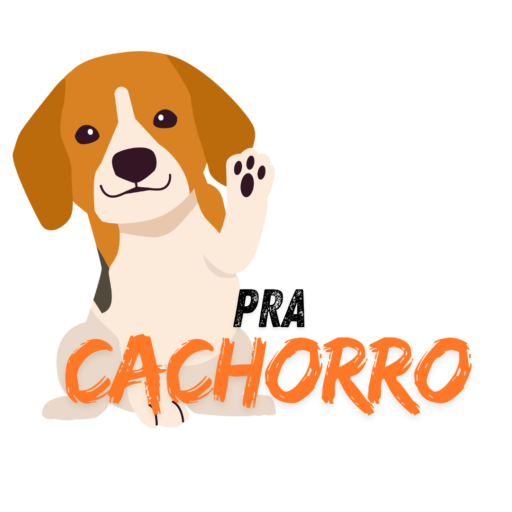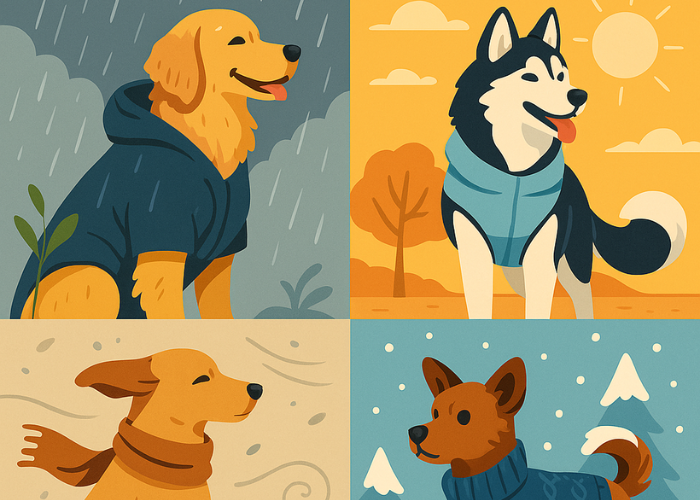Teaching your dog to give a hug is more than just a cute trick — it’s a powerful way to build trust, deepen your bond, and create affectionate moments that strengthen your relationship. This training also stimulates your dog mentally and emotionally, making it a fun and rewarding activity for both of you.
In this complete guide, we’ll walk you through how to teach your dog to hug using simple, effective steps, while covering essential tips, common mistakes to avoid, and the benefits of this loving behavior.
🐶 Why Teaching Your Dog to Hug Is a Great Idea
Hugging may come naturally to humans, but for dogs, it’s a learned behavior. When introduced gradually and respectfully, it becomes a meaningful way to express affection and enhance communication.
Here are just a few benefits of teaching your dog to hug:
- Builds emotional trust and security
- Strengthens the human-animal bond
- Encourages calm, affectionate behavior
- Provides mental stimulation and fun
- Prepares your dog for more advanced training
🧠 Understanding Canine Behavior Before You Start
Dogs don’t instinctively understand what a “hug” means to us. Physical closeness can be comforting for some dogs, but intimidating or uncomfortable for others — especially if they’re shy, nervous, or have had negative experiences in the past.
Pro Tip:
Pay close attention to your dog’s body language. Signs of discomfort include turning away, lowering the ears, licking lips, yawning, or trying to retreat. If your dog shows any of these, slow down and adjust your approach.
📍 Set the Right Environment for Training
Before starting the hug training, create a distraction-free environment where your dog feels relaxed and safe. The right setting helps your dog focus and makes the learning process smoother.
Here’s what you’ll need:
- A quiet, familiar space
- High-value treats
- A calm and patient mindset
- Optional: clicker for clicker training
Tip: Choose a time of day when your dog is calm — not right after meals or high-energy play sessions.
🐾 Step-by-Step: How to Teach Your Dog to Hug
✅ Step 1: Start with “Sit”
Make sure your dog reliably responds to the “sit” command. Hugging begins from a sitting position, so this is the foundation of your training.
- Hold a treat above your dog’s nose
- Move it slightly backward to encourage them to sit
- Say “Sit” clearly as they lower their rear
- Reward and repeat
Once your dog sits consistently, you’re ready for the next step.
✅ Step 2: Introduce the Hug Position
Now teach your dog to place their front paws on your arms, legs, or lap. This mimics the hugging motion.
- Sit on the floor or a low surface
- With a treat in your hand, lure your dog toward you
- Gently guide their paws onto your arms or lap
- Say the cue word “Hug” as they make contact
- Reward immediately
Pro Tip: Use a consistent cue like “hug” or “give me a hug” and a hand gesture, like opening your arms.
✅ Step 3: Reinforce with Praise and Rewards
Repetition and positive reinforcement are key. The moment your dog performs the desired motion — even partially — praise them enthusiastically and offer a reward.
- Use treats they truly love
- Keep sessions short (5–10 minutes max)
- End each session on a positive note
✅ Step 4: Practice and Perfect the Hug
Once your dog understands the cue, practice in different locations and gradually increase the duration of the hug.
- Add hand signals like open arms
- Try in various environments for consistency
- Practice daily in short sessions
Pro Tip: Make the experience enjoyable. If your dog shows signs of stress or boredom, take a break.
💖 Benefits of Teaching Your Dog to Hug
Teaching your dog to hug isn’t just heartwarming — it also offers long-term benefits:
- Improved trust and bonding: Builds emotional closeness between you and your pet
- Better communication: Helps your dog understand verbal and non-verbal cues
- Mental enrichment: Keeps your dog’s brain engaged and focused
- Emotional well-being: Dogs feel more secure when they engage in physical affection
- Fun trick to show off: A crowd-pleaser for friends, family, and social media
⚠️ Important Safety Tips and Considerations
While hugging is a loving gesture, not every dog enjoys it — and that’s okay. Here are some key things to keep in mind:
- Don’t force the behavior — Let it come naturally over time
- Always respect your dog’s comfort zone
- Use calm energy — Your dog picks up on your vibe
- Stop immediately if your dog shows signs of stress
- Never scold during training — Only reward progress
❓ Frequently Asked Questions
1. Can all dogs learn to give a hug?
Yes, but each dog learns at their own pace. Some may love the interaction, while others prefer more personal space.
2. What if my dog doesn’t like being touched?
Start slowly, with light contact. You can still teach a “hug” variation that doesn’t involve full body contact. Always prioritize your dog’s comfort.
3. How long will it take to teach this trick?
Some dogs learn in a few days, others in a few weeks. Consistency, patience, and positive reinforcement make all the difference.
4. Is it okay to teach an older dog to hug?
Absolutely! Senior dogs can still learn new tricks — just be mindful of any mobility or joint issues and adjust accordingly.
5. What should I do if my dog gets anxious during training?
Stop the session, give your dog space, and try again later. If anxiety continues, consider consulting a certified dog trainer.
🐕 Final Thoughts: Training with Love and Respect
Teaching your dog to give a hug is a heartwarming way to strengthen your relationship and build trust. While it takes patience and gentle repetition, the results are worth it — a happier dog, a stronger bond, and plenty of adorable cuddle moments.
Remember, the goal isn’t just about teaching a trick — it’s about deepening your connection and making your dog feel safe, loved, and understood.



